
Gabrielle Weidner was a Dutch resistance fighter playing an active role in the French Resistance during World War II.

The Neumark, also known as the New March or as East Brandenburg, was a region of the Margraviate of Brandenburg and its successors located east of the Oder River in territory which became part of Poland in 1945.

Drawsko Pomorskie is a town in the West Pomeranian Voivodeship, in northwestern Poland. It is the administrative seat of Drawsko County and the urban-rural commune of Gmina Drawsko Pomorskie. As of December 2021, the town has a population of 11,292. It is home to the Drawsko Training Ground, one of the largest training areas in Poland.
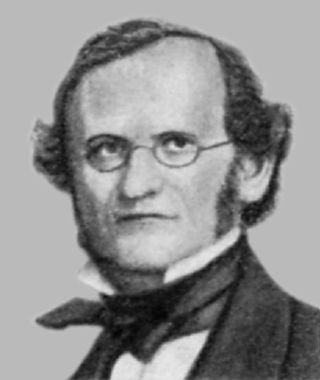
Franz Felix Adalbert Kuhn was a German philologist and folklorist.

Gottfried Bernhardy, German philologist and literary historian, was born at Landsberg an der Warthe in the Neumark.
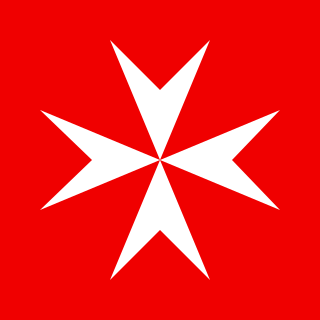
The Bailiwick of Brandenburg of the Chivalric Order of Saint John of the Hospital at Jerusalem, commonly known as the Order of Saint John or the Johanniter Order, is the German Protestant branch of the Knights Hospitaller, the oldest surviving chivalric order, which generally is considered to have been founded in Jerusalem in 1099.
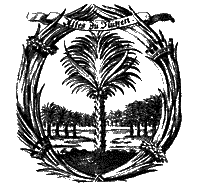
The Fruitbearing Society was a German literary society founded in 1617 in Weimar by German scholars and nobility. Its aim was to standardize vernacular German and promote it as both a scholarly and literary language, after the pattern of the Accademia della Crusca in Florence and similar groups already thriving in Italy, followed in later years also in France (1635) and Britain.

The Province of Brandenburg was a province of Prussia from 1815 to 1945. Brandenburg was established in 1815 from the Kingdom of Prussia's core territory, comprised the bulk of the historic Margraviate of Brandenburg and the Lower Lusatia region, and became part of the German Empire in 1871. From 1918, Brandenburg was a province of the Free State of Prussia until it was dissolved in 1945 after World War II, and replaced with reduced territory as the State of Brandenburg in East Germany, which was later dissolved in 1952. Following the reunification of Germany in 1990, Brandenburg was re-established as a federal state of Germany, becoming one of the new states.

Chojnapronounced [ˈxɔi̯na] is a small town in northwestern Poland in the West Pomeranian Voivodeship. It lies approximately 60 kilometres south of Szczecin. As of December 2021, the town has a population of 7,330.
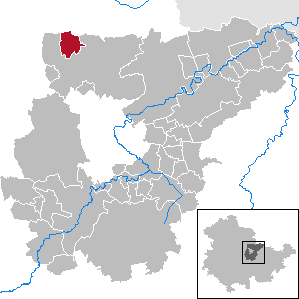
Neumark is a town in the Weimarer Land district, in Thuringia, Germany. It is situated 20 km northeast of Erfurt, and 12 km northwest of Weimar. Neumark is the second-least populous town (Stadt) in Germany, and is the least populous in what was formerly East Germany.

The Margraviate of Brandenburg was a major principality of the Holy Roman Empire from 1157 to 1806 that played a pivotal role in the history of Germany and Central Europe.
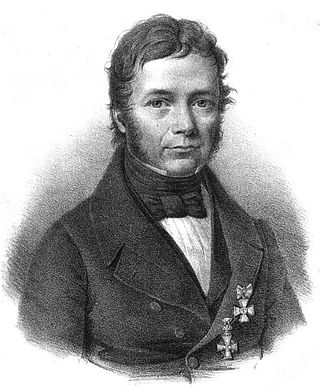
Johannes Voigt was a German historian born in Bettenhausen, which today is situated in the district of Schmalkalden-Meiningen.
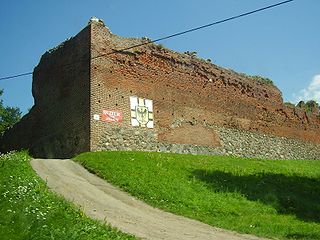
Starostwo of Draheim or Drahim was a starostwo of the Polish kingdom from the 15th century, seated in Draheim. Pawned to Brandenburg-Prussia in 1657, it was directly incorporated into the Kingdom of Prussia in 1772 as Amt Draheim and the Town of Tempelburg.

Chwarszczany is a village in the administrative district of Gmina Boleszkowice, within Myślibórz County, West Pomeranian Voivodeship, in north-western Poland, close to the German border. It lies on the river Myśla, approximately 6 kilometres (4 mi) south-east of Boleszkowice, 32 km (20 mi) south-west of Myślibórz, and 82 km (51 mi) south of the regional capital Szczecin (Stettin). It is located at the junction of voivodeship road 127 and national road 31. The village has a population of 222.

Georg Neumark was a German poet and composer of hymns.

"Wer weiß, wie nahe mir mein Ende" is a Lutheran hymn in German with lyrics by Ämilie Juliane von Schwarzburg-Rudolstadt, written in 1686. The hymn reflects the preparation for a good death. It is sung to the melody of "Wer nur den lieben Gott läßt walten", and is often used for funerals. It appears in the current German Protestant hymnal Evangelisches Gesangbuch (EG), but with a different melody.
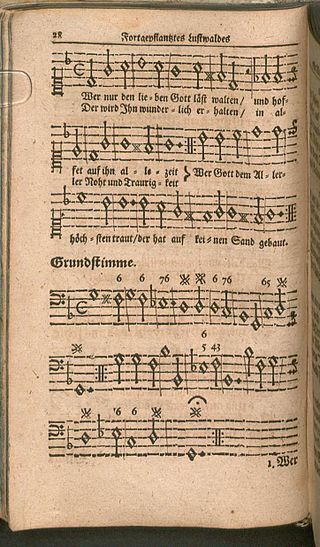
"Wer nur den lieben Gott läßt walten" is a 1641 hymn by Georg Neumark, who also composed the melody for it. It has seven verses and deals with the Christian putting their trust in God. Its author referred to it as a "Trostlied" or song of consolation and it first appeared in his Fortgepflantzer musikalisch-poetischer Lustwald. It also appeared in Johann Crüger's 1672 Praxis pietatis melica and in the first part of Johann Anastasius Freylinghausen's 1704 Geistreiches Gesangbuch. It has inspired musical settings, and is part of current German hymnals, both Protestant and Catholic.
The Treaties of Cölln and Mewe, concluded in 1454 and 1455, transferred the Neumark from the State of the Teutonic Order to the Electorate of Brandenburg. The Teutonic Knights had received the area as a pawn from Brandenburg in 1402, and as a possession in 1429. Financial shortages due to the onset of the Thirteen Years' War (1454–1466) forced Ludwig von Erlichshausen, Grand Master of the Teutonic Order, to pawn the Neumark to Frederick II, Elector of Brandenburg, by the Treaty of Cölln on 22 February 1454, and to subsequently sell it by the Treaty of Mewe on 16 September 1455.
Sternberg may refer to:

Martin Luther was a great enthusiast for music, and this is why it forms a large part of Lutheran services; in particular, Luther admired the composers Josquin des Prez and Ludwig Senfl and wanted singing in the church to move away from the ars perfecta and towards singing as a Gemeinschaft (community). Lutheran hymns are sometimes known as chorales. Lutheran hymnody is well known for its doctrinal, didactic, and musical richness. Most Lutheran churches are active musically with choirs, handbell choirs, children's choirs, and occasionally change ringing groups that ring bells in a bell tower. Johann Sebastian Bach, a devout Lutheran, composed music for the Lutheran church: more than half of his over 1000 compositions are or contain Lutheran hymns.